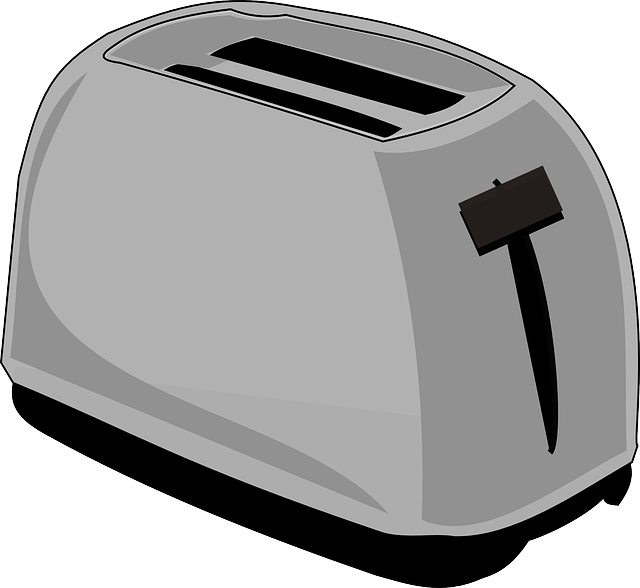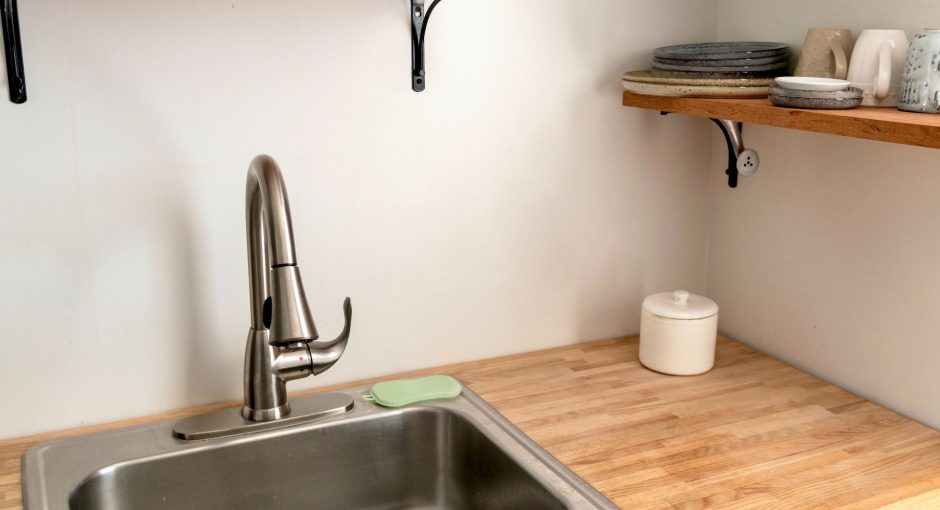If your old sink is starting to show its age, it may be time for a replacement. With the right tools and knowledge, this process can be relatively straightforward.
Before you begin, be sure to remove any appliances under the sink – such as a garbage disposal or dishwasher. Additionally, if you have a water filtration system installed, ensure it is disconnected as well.
Once everything is disconnected, turn off the water at a shut-off valve near your sink. This will prevent a geyser from bursting from your pipes and make the job easier to complete when taking out the sink.
Once you’ve done that, disassemble any kitchen cabinets and take out anything stored there that isn’t essential for the project. Be sure to remove paper towel holders as well as anything else connected to the inside of the cabinet.

Additionally, you’ll need to take out any hardware installed beneath the sink, such as mounting clips that hold it onto your countertop. A screwdriver is necessary for this task.
Step 1: Loosen the locknut on your basket strainer. If it won’t come loose, use a screwdriver to loosen both friction ring and gasket that hold it in place.
Once the locknut has been taken off, use pliers to unscrew the retaining ring and slide it off of the drain basket. If it comes off easily, spray with penetrating oil in order to keep it from sticking.
Once the retaining ring has been taken off, lift out and pull away from the sink the drain basket. Use soap and water to thoroughly clean it to remove any debris or grime buildup.
The next step is to disconnect the drain pipe and P-trap. Depending on which faucet model you have, you may require different materials and tools for this task.
If your sink has a soldered copper supply tube, you’ll need a tubing cutter to cut it away. Make sure you also have access to a basin wrench so you can loosen the faucet’s retaining nuts; they may be difficult to reach under the sink and difficult to turn by hand.

You will also require a pair of adjustable multi-groove pliers that open wide enough to fit around the large nut on your drain line. This will enable you to loosen it without damaging your plumbing fixture.
Reconnect both drain and supply lines. After reconnecting them, turn on the water for several minutes to flush out any sediment that’s built up in them. Doing this prevents dirt from seeping into your new fixtures.
Once your sink is installed in your cut-out, test it to ensure the waste lines match up correctly with the piping. If not, enlarge the hole using a jigsaw fitted with a down-cut timber blade – this task should be left to an experienced professional due to its delicate nature.

